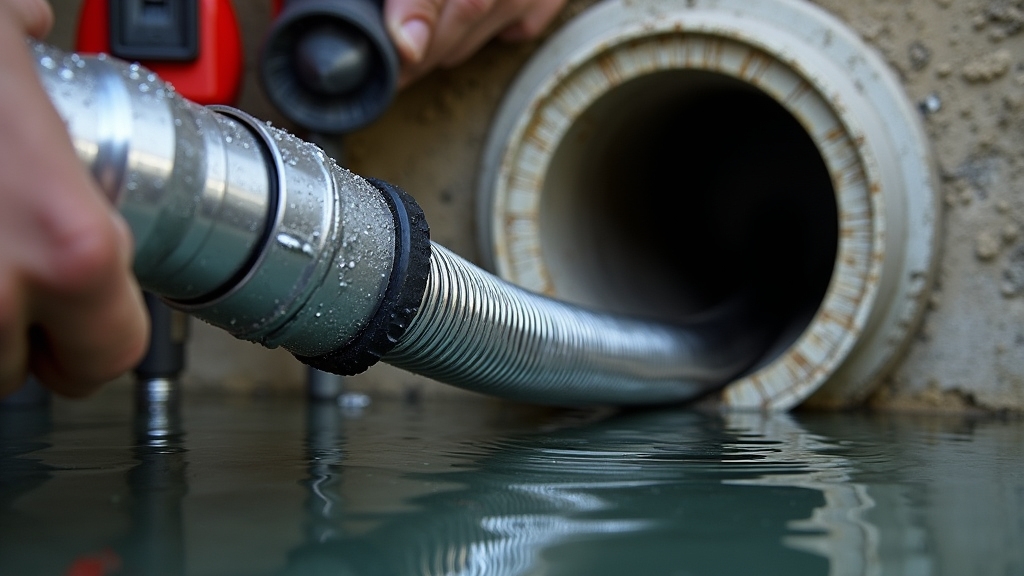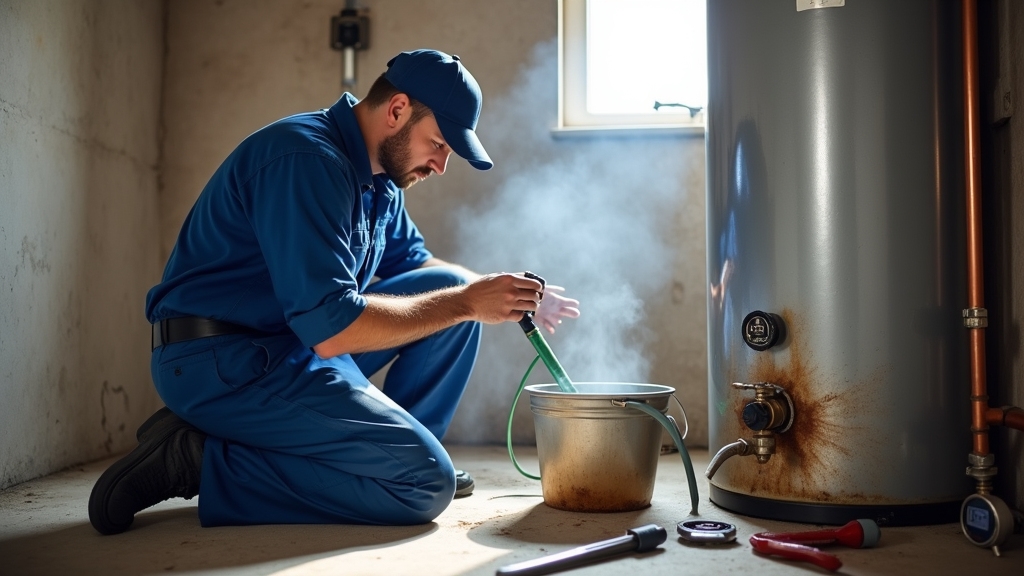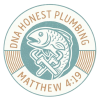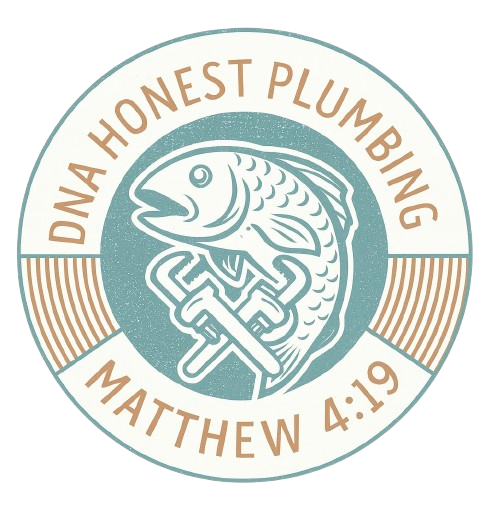Sterling Heights properties benefit from ten annual plumbing services that prevent damage, guarantee code compliance, and sustain efficiency. Annual drain cleaning and camera inspection locate blockages, roots, and joint failures. Water heater flushing, anode checks, and thermostat calibration restore efficiency. Sump pump and battery backup testing guard basements. Backflow testing protects potable supplies. Fixture tune-ups, toilet servicing, pressure-regulator checks, disposal cleaning, and leak detection round out the program. A checklist follows for implementation and prioritization.
Key Takeaways
- Annual drain cleaning and sewer camera inspection to prevent clogs, root intrusion, and document pipe condition.
- Water heater inspection and controlled flushing to remove sediment, check anode and valves, and restore efficiency.
- Comprehensive leak detection plus emergency repair readiness using acoustic, thermal, and pressure testing to stop water damage.
- Backflow prevention testing and sump pump battery backup checks to protect potable water and basement flood risk.
- Faucet, fixture, and toilet tune-ups with flow testing, dye-leak checks, and pressure verification for conservation and reliability.
Annual Drain Cleaning and Inspection

Routine maintenance should include an annual drain cleaning and inspection to prevent blockages and detect early degradation.
A certified technician evaluates pipe condition, flow rates, and trap integrity, using camera inspection, hydro-jetting, and mechanical augers as indicated.
Targets are kitchen, bathroom, and floor drains; reports quantify sediment, scale, biofilm, and root intrusion.
Kitchen, bathroom and floor drains targeted; reports quantify sediment, scale, biofilm and root intrusion.
Recommendations specify clearing frequency, material replacement, and access improvements to optimize drain maintenance and clog prevention.
Measurements include pre- and post-clean flow velocity and video documentation tied to service records.
Prioritization is risk-based: older clay or cast-iron lines and high-use fixtures receive higher intervention.
The approach reduces emergency repairs, extends service life, and provides data for planned capital repairs without addressing water heater procedures.
Clients receive maintenance schedules and measurable lifecycle projections.
Water Heater Maintenance and Flushing

Because drain-system sediment and mineral load directly affect tank performance, water heater maintenance and periodic flushing are integrated into preventive plumbing programs. A technician inspects anode rods, pressure-relief valves, inlet/outlet connections, and drain valves, then executes controlled flushing to remove settled scale and reduce thermal resistance.
Procedures vary by water heater types — conventional storage, tankless, and heat-pump models — requiring specific isolation, temperature settings, and flushing duration. Proper flushing restores heat-transfer efficiency, extends component life, and maintains safe pressure dynamics.
Documentation includes pre- and post-flush temperature differentials, sediment volume, and recommended service intervals. Coupling maintenance with setpoint optimization and insulation assessments optimizes energy efficiency and provides measurable ROI for owners pursuing long-term system mastery.
Records guide predictive replacements and parts stocking for operational reliability scheduling.
Sump Pump Inspection and Testing
A sump pump inspection begins with a functional test under load to verify float-switch activation, motor start-up, and discharge flow rates.
Technicians record run times, amperage draw, and inspect for unusual vibration or debris in the impeller housing.
Battery backup systems receive load testing, state-of-charge measurement, and terminal and charger inspections to confirm reliable operation during mains failure.
Check Pump Operation
Inspectors verify sump pump operation by observing electrical supply, float switch movement, discharge flow, and alarm function under controlled conditions. The technician documents cycle frequency, amperage draw, impeller noise, and seal integrity to inform pump maintenance decisions. Tests simulate inflow to confirm automatic activation and proper shutoff without discussing backup power. Data are recorded for trend analysis and replacement scheduling. Recommended corrective actions are specified when float switch binding, intermittent motor start, or reduced discharge occurs.
| Parameter | Acceptable | Action Threshold |
| Cycle frequency | <5/day | >8/day |
| Amperage draw | Normal range | >manufacturer spec |
| Discharge rate | Specified L/min | <80% spec |
| Noise/vibration | Minimal | Excessive — service |
Remediation plans prioritize component replacement, lubrication, impeller cleaning, and re-seating of fittings; follow manufacturer’s tolerances and document parts installed and torque values recorded.
Battery Backup Assessment
Several critical checks evaluate battery backup readiness for sump pump systems, focusing on battery condition, charger performance, automatic transfer, and runtime under simulated mains failure.
The assessment quantifies battery performance evaluation via load testing at rated current, measuring voltage sag, ampere-hours available, and end-of-discharge behavior.
Charger diagnostics verify float voltage, current limit, temperature compensation, and fault indicators.
Transfer mechanism inspection confirms relays, transfer delay, and failover under rapid mains loss.
Runtime trials use calibrated load to determine continuous operation hours and reserve capacity with safety margins.
Corrosion, terminal resistance, and enclosure ventilation are inspected against installation guidelines.
Recommendations include replacement thresholds, wiring torque values, and periodic maintenance intervals.
Documentation provides clear pass/fail criteria and prioritized corrective actions for owners and technicians and records retention.
Backflow Preventer Testing
Every property with a potable water connection must have its backflow preventertested annually to confirm operation and protect the public supply from contamination.
Technicians perform standardized procedures: isolation, depressurization, valve exercise, and gauge comparison against manufacturer tolerances. Test reports document serial numbers, differential pressures, repair parts, and pass/fail status for municipal records.
Failures trigger immediate remediation—cleaning, seat replacement, or assembly overhaul—and retest before reactivation. Scheduling aligns with local codes and utility cross connection control programs to guarantee compliance.
Mastery-level operators use calibrated test kits, trace leakage sources, and evaluate system hydraulics to prevent backflow events. Routine testing reduces public-health risk, limits liability, and extends device service life when paired with preventive maintenance plans and accurate record retention.
Records should be retained as required.
Sewer Line Camera Inspection
How is a sewer line camera inspection conducted to diagnose underground pipe conditions?
A technician inserts a waterproof, high-resolution camera on a flexible push rod through an access point, advancing it to map line topology and locate defects.
Real-time video and distance coding enable precise identification of blockages, offsets, root intrusion, corrosion, cracks, collapses, and joint separation.
Recorded footage supports condition assessment, prioritization within sewer line maintenance schedules, and selection of remediation methods.
Reports include video time stamps, footage clips, still images, and standardized grading to quantify deterioration.
Coupled with access to as-built plans and flow data, pipe inspection informs lifecycle planning and budgeting.
Technicians recommend annual inspections for critical asset stability.
Leak Detection and Repair
Hidden leaks often present via subtle indicators such as unexplained increases in water bills, persistent damp spots or staining, musty odors, visible mold growth, or the sound of running water behind walls.
Accurate detection employs pressure testing, thermal imaging, acoustic listening devices, and targeted camera inspection to locate the breach.
Emergency repairs prioritize isolating the supply, stopping active flow with shutoffs or clamps, and applying temporary or permanent fixes—pipe replacement, epoxy lining, or saddle repairs—to restore system integrity.
Hidden Leak Indicators
Where do leaks reveal themselves before causing visible damage? Subsurface areas—behind drywall, under flooring, within ceilings, and inside wall cavities—exhibit subtle signs.
Professionals prioritize methodical leak detection and moisture assessment using infrared imaging, hygrometers, and pressure testing. Indicators include unexplained humidity spikes on localized sensors, elevated surface temperatures inconsistent with ambient patterns, softening or delamination of materials without staining, and persistent higher-than-normal meter readings.
Auditory clues (continuous faint flow), corrosion on hidden fittings, and mold odor without surface growth warrant targeted inspection. Technicians map probable paths, isolate supply zones, and document baseline moisture profiles to confirm active migration.
Early identification confines scope, reduces invasive exploratory work, and informs repair strategy without immediate emergency intervention. Routine quarterly scans prevent escalation and optimize maintenance scheduling costs.
Emergency Leak Repairs
When a leak presents as an emergency, the technician immediately isolates the affected supply lines and secures power to nearby electrical circuits, then assesses structural and electrical hazards before proceeding.
The emergency response protocol prioritizes occupant safety, rapid leak detection and containment, and minimizing water intrusion.
Technicians employ acoustic sensors, thermal imaging, and pressure testing to triangulate hidden breaches, then select repair methods based on pipe material, access, and remaining service life.
Temporary measures—clamps, stop-leak compounds, isolation valves—stabilize the situation while permanent solutions are fabricated or scheduled.
Documentation of flow rates, failure mode, and corrective steps informs warranty and future maintenance.
Recommendations include targeted replacements, corrosion mitigation, and follow-up leak detection verification to restore long-term system integrity.
Clients receive prioritized scheduling and technical reports.
Faucet and Fixture Tune-Ups
Routine faucet and fixture tune-ups consist of systematic inspections and targeted repairs to restore proper function, prevent leaks, and maintain water efficiency.
Technicians evaluate valve operation, cartridge wear, aerators, supply connections, and mounting integrity, documenting measured flow rates and residual drip volumes.
Technicians inspect valves, cartridges, aerators, connections, and mounts, recording flow rates and residual drip volumes.
Assessments differentiate faucet types and prioritize parts with the highest failure rates; ceramic discs, ball, cartridge, and compression valves receive specific diagnostic sequences.
Material compatibility is verified by inspecting fixture materials, seals, and plating for corrosion or galvanic activity.
Service actions include seal replacement, cartridge rebuilds, thread reconditioning, and calibrated torque settings for fasteners to prevent stress fractures.
Post-service verification uses pressure-drop testing and flow matching to specification before sign-off.
Reports include parts traceability, recommended intervals, and cost estimates for planned replacements.
Toilet Inspection and Servicing
A thorough toilet inspection assesses tank and bowl integrity, flush mechanism performance, water usage, and leak paths to guarantee reliable operation and compliance with efficiency specifications.
The service examines toilet tank components, including fill valve, flapper, overflow, and seals, measuring cycle times, refill rates, and chain alignment.
Diagnostics include dye testing for hidden leaks, flange and wax ring evaluation, and cistern wall inspection for hairline cracks.
Calibration of float height and valve seating minimizes phantom flushing and conserves water without altering home pressure systems.
Worn or corroded parts are identified, with repair or OEM replacement recommendations and torque specifications for fasteners.
Documentation records measured flow volumes and component condition, enabling predictive maintenance and validating warranty or code compliance.
Technician signatures and timestamps complete records.
Water Pressure Testing and Pressure Regulator Check
Technicians measure static and dynamic water pressure at multiple points to verify supply consistency, detect pressure spikes or drops, and establish baseline readings for system performance.
Routine testing identifies pressure fluctuation causes such as thermal expansion, supply line corrosion, pump cycling, or municipal supply variance. Measurements guide diagnostic actions: sensor calibration, valve adjustment, or installation of pressure-reducing devices.
Routine pressure testing pinpoints causes—thermal expansion, corrosion, pump cycling, municipal variance—and directs calibration, valve adjustment, or regulator installation.
The pressure regulator is inspected for diaphragm integrity, spring fatigue, and debris-induced malfunction; regulator replacement signs include persistent overpressure, fluctuating downstream readings despite adjustments, and audible hammering.
Technicians document setpoints, hysteresis, and response times, then recommend corrective scope: rebuild, replace, or add expansion tanks and gauges.
Results provide objective criteria for maintenance scheduling and reduce risk of fixture and appliance damage and extend system service life.
Garbage Disposal Maintenance and Cleaning
Garbage disposal maintenance requires routine cleaning steps such as manual removal of trapped debris with the unit powered off, scrubbing the chamber and splash guard, and periodically grinding ice and citrus rinds to remove residue.
Preventing clogs relies on restricting fibrous, starchy, and greasy inputs, running a steady stream of cold water during operation, and using a sink strainer for larger solids.
Odor removal methods include neutralization with baking soda and vinegar, application of enzymatic cleaners, and scheduled professional inspection to clear stubborn buildup.
Routine Cleaning Steps
Several routine steps guarantee ideal operation and longevity of a kitchen disposal unit: power must be disconnected at the wall switch and, for added safety, at the circuit breaker before any cleaning; the technician then follows a set procedure. External wipe, run cold water, inspect splash guard, and use ice-cube abrasion plus coarse salt to dislodge residue. Citrus rinds neutralize odors. Avoid caustic chemicals; use a neutral enzymatic cleaner. Periodically check mounting assembly and seals as part of pipe maintenance and schedule targeted drain cleaning to preserve system integrity.
| Task | Frequency | Tool |
| External wipe | Monthly | Microfiber cloth |
| Ice + salt grind | Quarterly | Ice, coarse salt |
| Enzymatic flush | Biannually | Enzymatic cleaner |
Document actions and timestamps for maintenance history and system troubleshooting. Retain records off-site securely.
Preventing Clogs
To prevent clogs, homeowners should follow a strict usage and cleaning protocol: operate the unit only with a steady stream of cold water, feed waste in small quantities, and avoid fibrous materials (celery, corn husks), starchy items (potato peels), grease or oil, and large bones or nonfood solids.
The disposal impeller and splashguard require periodic inspection and manual clearing when power is off; a hex key reset and rotation check confirm free movement.
Run cold water five to ten seconds after shutdown to flush particulate into the drain traps and away from the unit.
Monthly mechanical cleaning with a stiff brush and dilute detergent removes buildup; avoid chemical drain cleaners that damage seals.
Integrate disposal checks into annual plumbing maintenance logs and professional inspections.
Odor Removal Methods
When odors arise from a disposal, identifying and eliminating trapped organic matter is the priority; persistent smells typically indicate residual food trapped in the splashguard, grinding chamber, or trap rather than a mechanical failure.
Technicians recommend a systematic protocol: disconnect power, remove and inspect splashguard, retrieve debris with long-nose pliers, and flush the chamber with cold water while manually rotating the impellers with an Allen key.
For biofilm, apply enzymatic cleaners and allow dwell time per manufacturer instructions; avoid caustic chemicals that damage seals.
Use odor neutralizers formulated for plumbing fixtures rather than superficial scent masking sprays.
Finally, verify trap integrity and rerun the unit with citrus-based grinding material to restore odor control.
Document procedures and schedule quarterly maintenance for consistent, verifiable results only.
Conclusion
A proactive, annual plumbing maintenance plan is the smartest investment a Sterling Heights homeowner can make. Fromannual drain cleaning and sewer camera inspections towater heater flushing and repair,sump pump and battery backup testing,backflow preventer checks, andcomprehensive leak detection, these essential services prevent costly emergencies and protect both your property and your peace of mind. Routinefixture and toilet tune-ups,pressure-regulator adjustments, andgarbage disposal cleaning ensure water efficiency, code compliance, and long-term reliability.
Don’t wait until a small issue becomes an expensive disaster. Create your annual plumbing checklist today, document your service intervals, and partner with licensed professionals who prioritize quality and compliance.Ready to protect your home year-round? ContactDNA Honest Plumbing — your local Sterling Heights plumbing experts. Call 586-257-1272 or request service online foraffordable pipe repairs,24/7 emergency response, andexpert maintenance solutions. Keep your plumbing system efficient, safe, and problem-free all year long.

